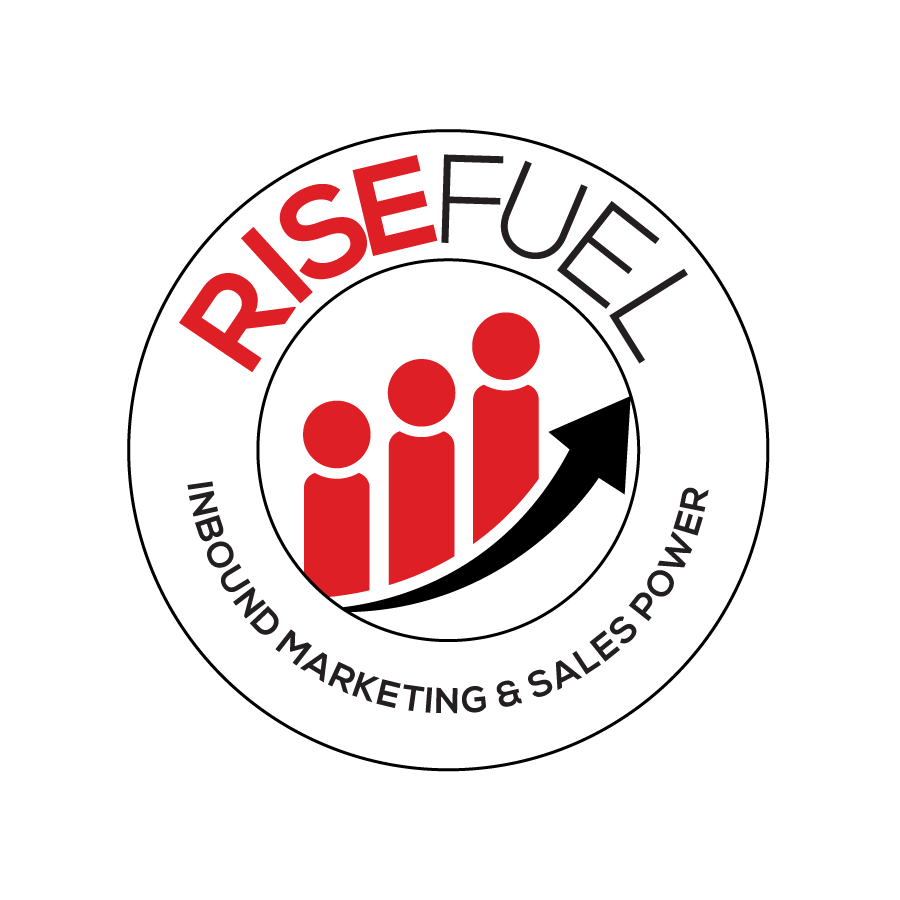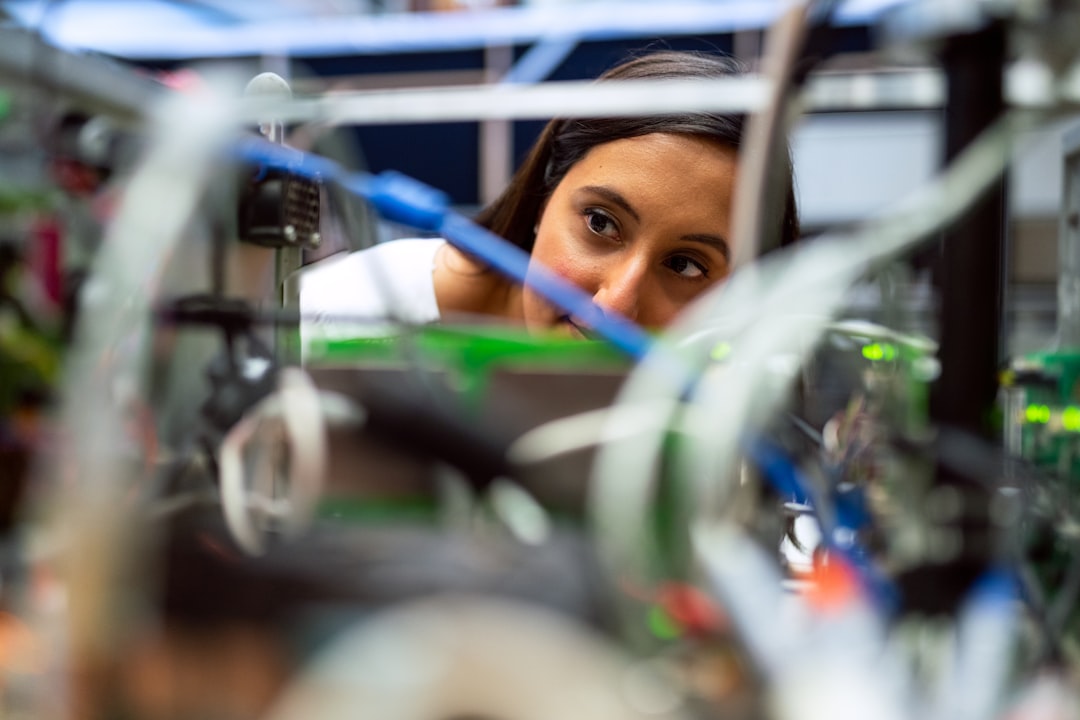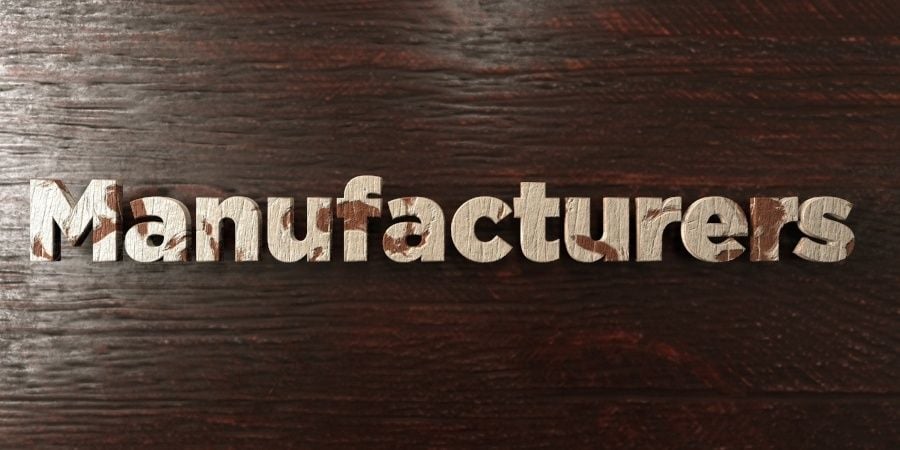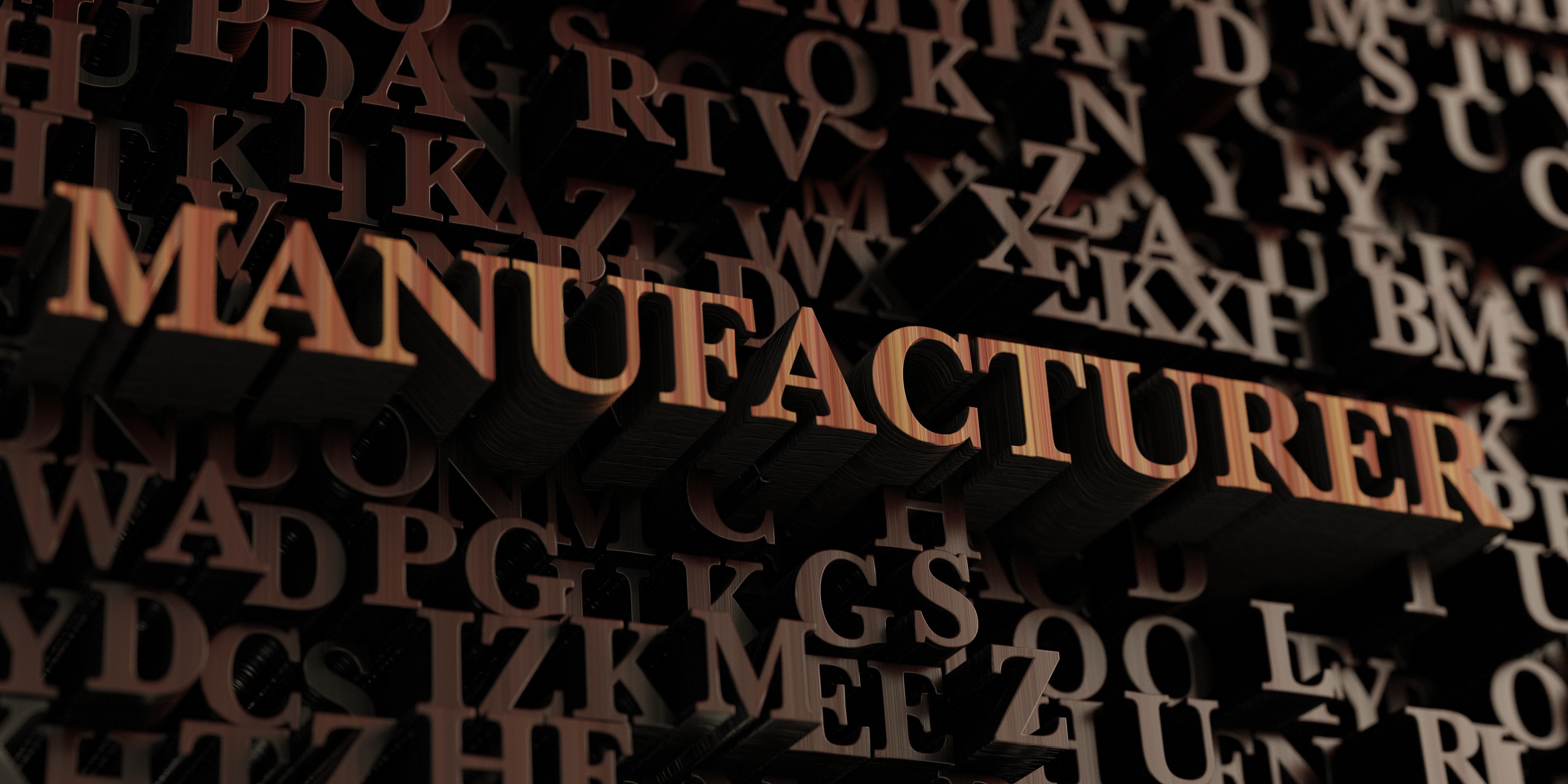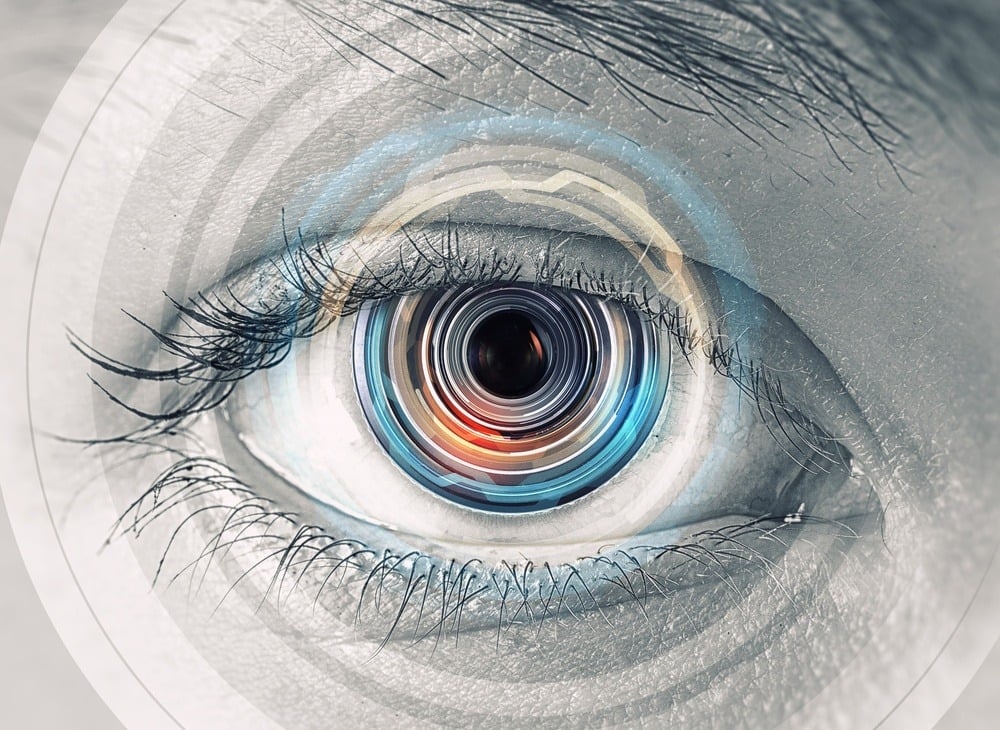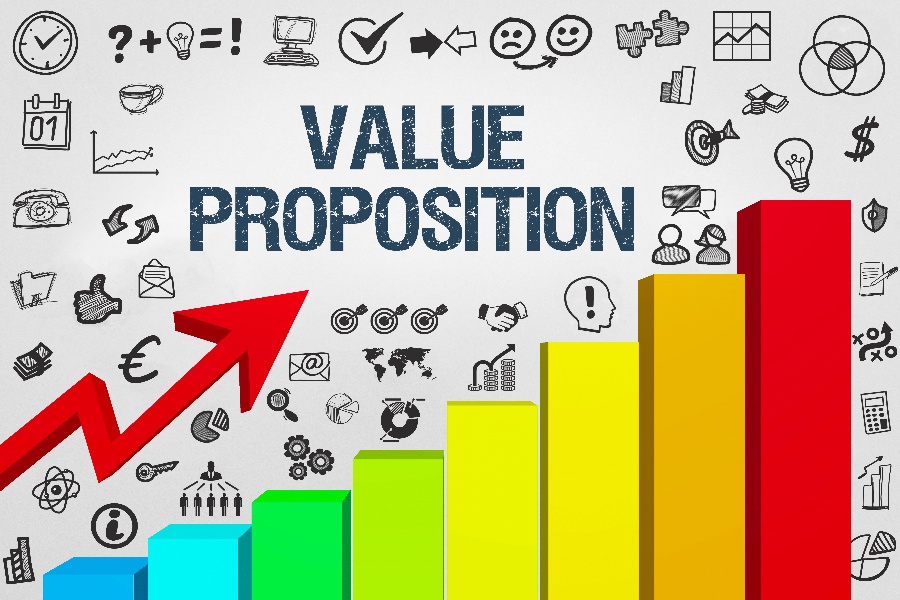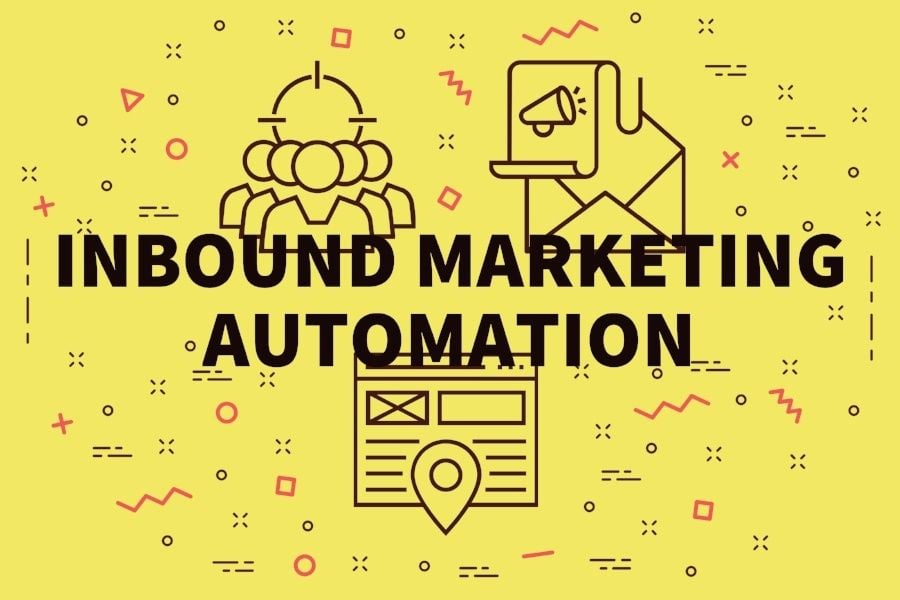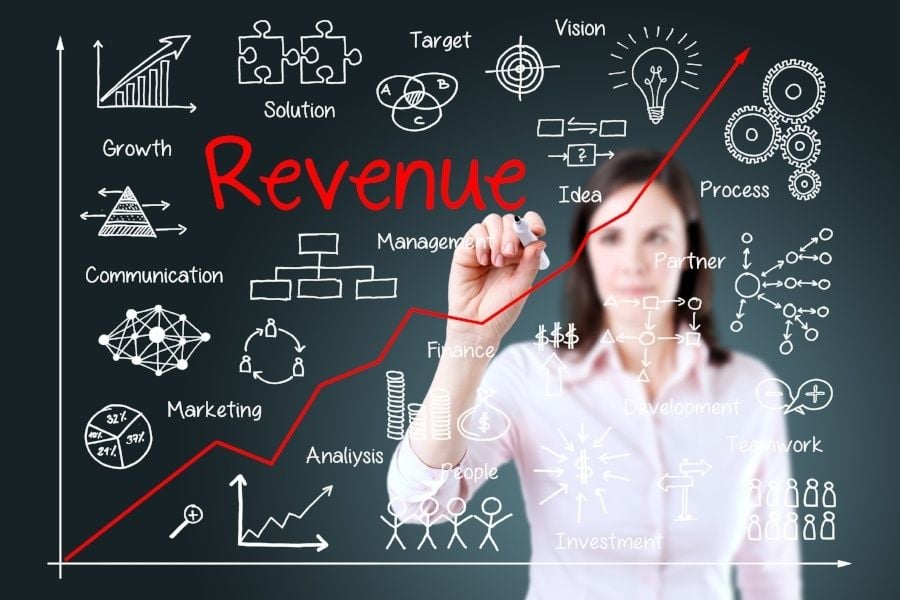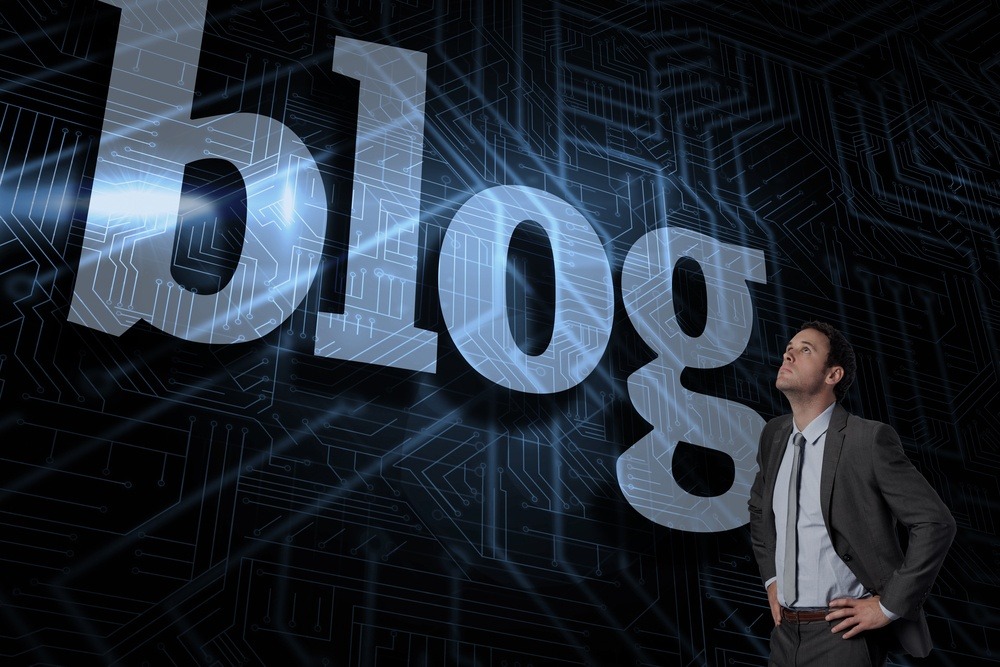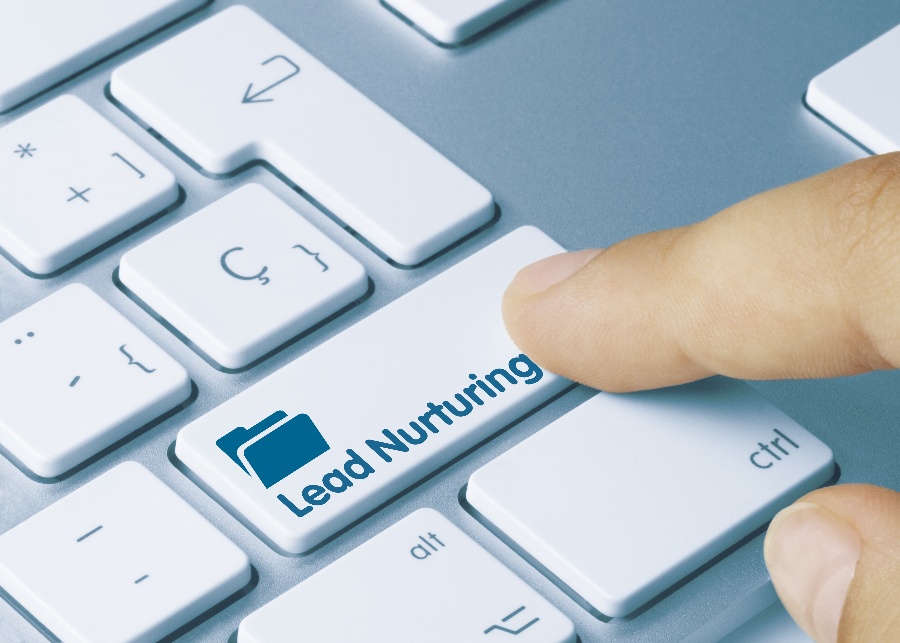Role of Virtual Reality in Manufacturing Marketing
Enhanced Customer Experience and Engagement
Virtual reality (VR) technology has revolutionized the manufacturing industry by providing immersive and interactive product visualization experiences. This innovation enables potential clients to engage with products in a virtual environment, leading to enhanced customer engagement and a unique, memorable experience, ultimately influencing purchasing decisions. For example, companies in the automotive industry utilize VR to allow customers to virtually explore and customize their vehicles, creating a more personalized and engaging purchasing process.
 Improved Product Design and Prototyping Processes
Improved Product Design and Prototyping Processes
In manufacturing, VR facilitates virtual prototyping, significantly reducing the time and cost associated with physical prototyping. It allows for real-time adjustments and visualization of design concepts, thereby increasing the speed and efficiency of product development and innovation. For instance, companies use VR to collaboratively design and refine complex machinery and equipment, streamlining the prototyping process and accelerating product development cycles.
Applications of Virtual Reality in Manufacturing
VR is extensively used for factory floor planning and layout optimization, contributing to improved operational efficiency within manufacturing facilities. Furthermore, it enhances employee training and onboarding through immersive simulations and interactive modules, resulting in a more effective learning experience. Additionally, VR facilitates inspection and quality control processes, ensuring that products meet stringent quality and safety standards, thereby enhancing overall manufacturing processes.
 Overcoming Challenges in Implementing Virtual Reality in Manufacturing
Overcoming Challenges in Implementing Virtual Reality in Manufacturing
One of the key challenges in implementing VR in manufacturing is addressing the cost implications and investment required for integration. Additionally, overcoming potential resistance to change within manufacturing organizations by emphasizing the long-term benefits of VR adoption is crucial. Furthermore, understanding and meeting the technical requirements and hardware/software specifications for successful VR implementation are essential considerations. For instance, companies may face resistance from traditional manufacturing teams when introducing VR technology, requiring effective change management strategies to overcome this challenge.
Best Practices for Implementing Virtual Reality in Manufacturing Marketing
Best practices for implementing VR in manufacturing marketing involve utilizing pilot projects to evaluate the feasibility and effectiveness of VR integration. Engaging VR experts and rapid project start services can streamline the implementation process, while leveraging the VR technology stack and development tools tailored for manufacturing applications is essential for successful integration. For example, conducting a small-scale VR pilot within a manufacturing facility allows for the assessment of its impact on productivity and employee training before full-scale implementation.
The Future of Virtual Reality in Manufacturing
The global VR market in manufacturing is forecasted to experience significant growth, with anticipated widespread adoption across various manufacturing sectors in the near future. The expected advancements in VR technology are poised to have a transformative impact on the manufacturing industry, revolutionizing processes and enhancing overall efficiency. As VR technology continues to evolve, it is expected to become an indispensable tool for marketing and operations within the manufacturing sector, driving innovation and competitiveness.


